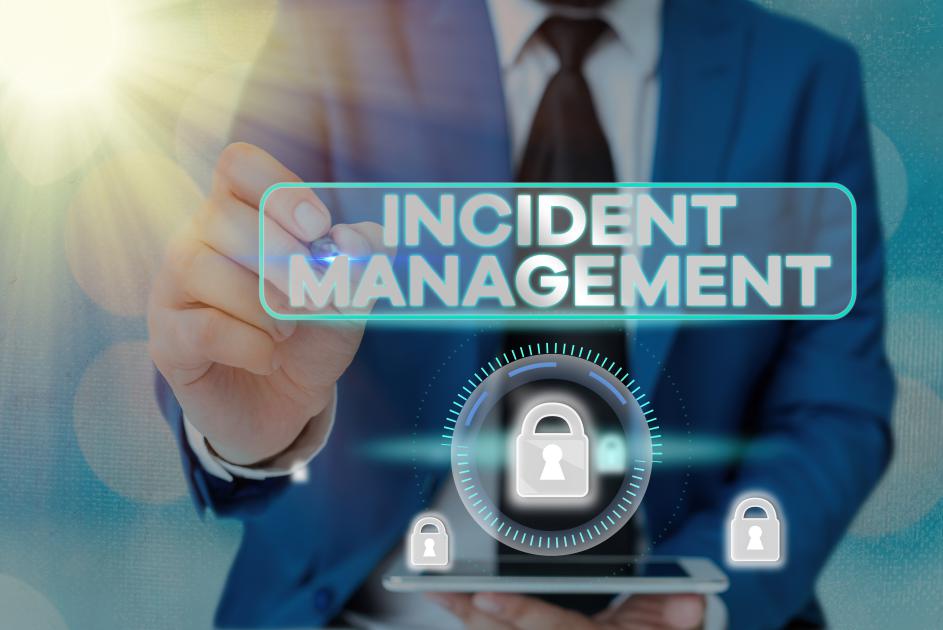Managing employee health and safety is about avoiding and getting rid of unfortunate incidents and accidents.
If you’re one of those companies who don’t take specific actions beforehand, do not expect things to go out naturally. If any unexpected incident happens, things can turn upside down, affecting your employee experience negatively.
Incorporating the right safety incident management system can turn the color of your game.
Need for an Incident management system
According to federal law, every employee is entitled to have a safe workspace. It is the responsibility of organizations to provide employees a workspace devoid of health and safety hazards.
With technological advancements, organizations integrate sophisticated and more accessible platforms to handle incidents effectively.
Companies can now access environment, health, and safety (EHS) activities through incident management platforms to ensure employee well-being.
Incident management system (ims)
An incident management system (ims) helps organizations manage, respond to, or prevent any incidents on-premises that affect employees or staff. Incident management systems can capture even minute information in real-time and report it appropriately.
Types of incidents
Let’s know about the types of incidents that commonly deal with.
Most commonly, incidents fall under three categories:
- Physical incidents
- Environmental incidents
- IT-related incidents
- Physical incidents
Physical incidents deal with severe or general illnesses among staff and contractors. It also covers incidents such as motor vehicle collisions, fires, explosions, etc.
2. Environmental incidents
Refers to the damage to the organization’s premises, loss of environmental containment and security breaches, equipment impairment, etc
3. IT-related issues
IT issues to deal with server failure, issues with any software, or other related problems. Unlike environmental and physical issues, IT-related issues can be automatically dealt with or without human intervention. For example, if there is a server crash, the incident management system can track the problem and restart the system to resolve the incident.
Why invest in an Incident Management System?
Here are the main reasons why an organization would invest in an incident management system:
- Better employee safety
- Time-saving
- Minimizing risk
- Maintaining/Increasing profit
Better employee safety
Employee safety should stay at the heart of every organization; using an advanced incident management system gives a powerful combination of data and communication tools to respond to incidents faster. Organizations can rely on this IMS system to manage incidents and handle emergencies; it works efficiently to save many lives.
Time-saving
A cloud-based communication system can have all the communication channels combined. It enhances collaboration in the organization and can accomplish more in less time.
Incident reporting, tracking, taking actions, etc., can be done faster while using an incident management system.
Minimizing risks
When an unusual thing happens, the incident management system will report to the company within a fraction of time. It helps to communicate issues in real-time situational awareness. Authorities can take the most appropriate support at the earliest to ensure employee safety without letting the incidents escalate.
Maintaining / increasing profits
In some countries, the company itself is responsible for reporting severe harm incidents. A powerful incident management system can help automate this process, ensure organization safety, do not fall foul to laws, and are not subject to pay fines, which may help maintain or increase profitability.
Key advantages of Incident Management System
Below are the significant advantages of using a well-designed incident management system:
- Preparedness to deal with incidents
- Effective communication
- Increased safety
Preparedness to deal with incidents
Employees prepare to deal with a wide range of unusual events. First responders are trained to manage incidents and will have a clear idea of the hazards they may encounter.
They will also be equipped with various tools to handle the situations. This may include first-aid kits, shut-off points, CCTV points, location maps, access points, etc.
Using the incident management system will allow all the staff to stay aware of real-time situations and actions. It will also let stakeholders see the specific and real-time actions and efforts taken and how they resolve.
Effective communication
Using an incident management system provides effective communication within the organization every time. Since these platforms are cloud-based, employees can easily access data using internet access. This ensures that incident reporting takes place instantaneously, keeping all the members informed. You can customize communication channels according to preference.
Increased safety
Another key advantage is that incident management systems can deal with risk management and minimize and manage risks to ensure employee safety. Some incident management systems provide employees with smartphone app access to quickly let the employer know if they see something suspicious or any other issues.
These features help to instantaneously report incidents and help shorten response time, thus minimizing and managing risks effectively.
To sum up
The incident management system is essential to have a safe workspace for your employees. It is necessary to choose the right software with all the vital features.
 EN
+1 669-231-8743
EN
+1 669-231-8743
